Nature has equipped some animals with potent weapons for survival. Among these, a select few possess toxins so powerful that a single touch can be deadly. From tiny sea creatures to colorful frogs, these animals carry some of the most lethal substances known to science. Their poisons and venoms can cause paralysis, organ failure, and death in a matter of minutes. While most of these creatures use their deadly touch as a defense mechanism, some actively hunt with their lethal abilities. I’ve put together a list of some of the deadliest creatures that can kill with just one touch, so you can marvel at the awesomeness of nature and be glad we don’t have any of these here in the UK.
Box Jellyfish

The box jellyfish is often called the world’s most venomous creature. Its tentacles are covered in tiny, venom-filled darts that can cause cardiac arrest in humans within minutes. A single box jellyfish carries enough venom to kill 60 adults. These transparent sea dwellers are found in the warm coastal waters of the Indo-Pacific and have claimed many lives in Australia.
Golden Poison Frog
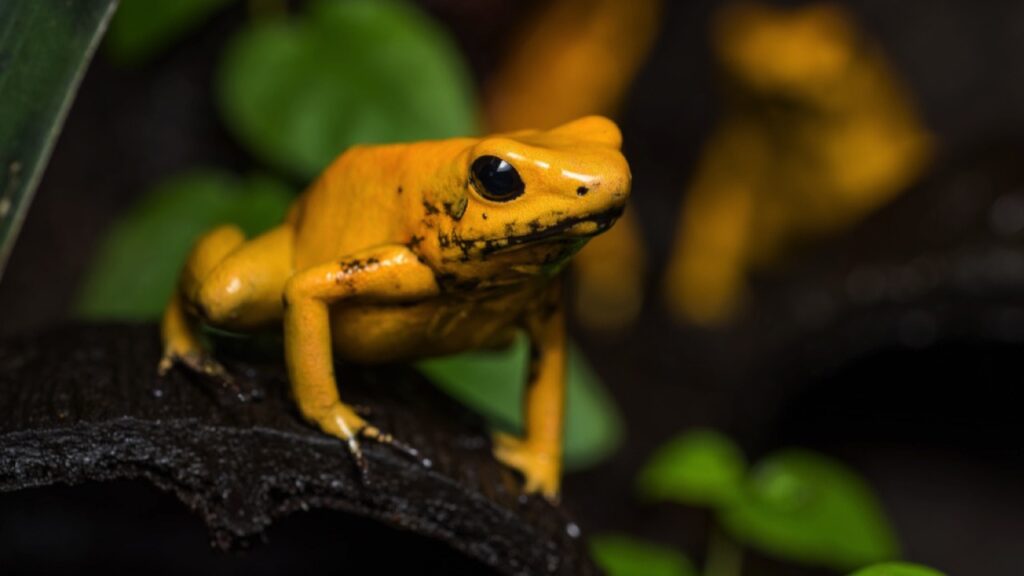
The golden poison frog, native to Colombia, is the most toxic of all amphibians. A single frog carries enough poison to kill 10 grown men. The frog’s skin secretes a potent neurotoxin called batrachotoxin, which causes heart failure. Interestingly, these frogs aren’t born poisonous – they get their toxins from their diet in the wild.
Blue-Ringed Octopus
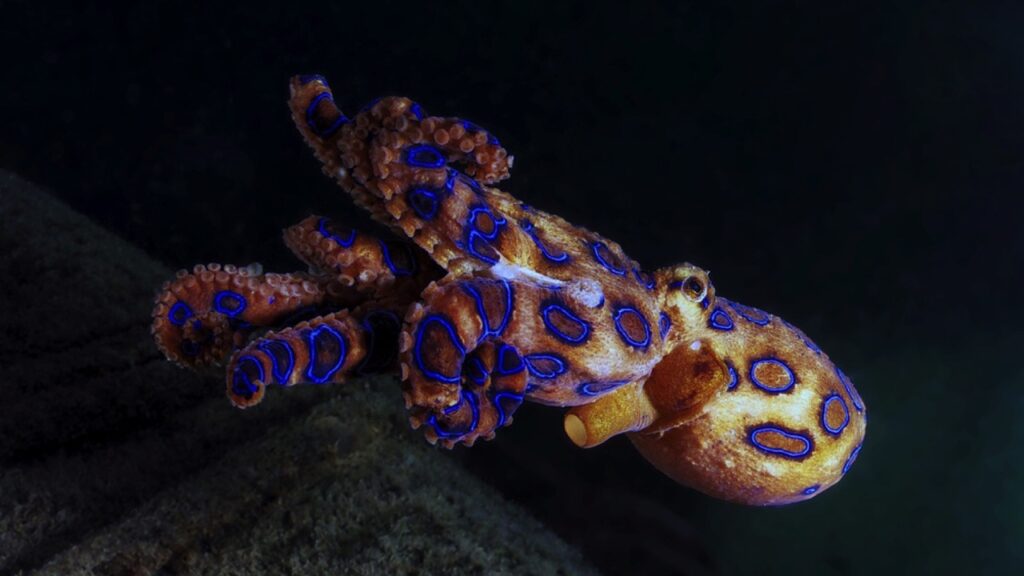
Despite its small size and beautiful appearance, the blue-ringed octopus is one of the deadliest marine animals. Its venom contains tetrodotoxin, a powerful neurotoxin that can cause paralysis and respiratory failure. There’s enough venom in one blue-ringed octopus to kill 26 adult humans within minutes. These creatures are found in tide pools and coral reefs in the Pacific and Indian Oceans.
Stonefish
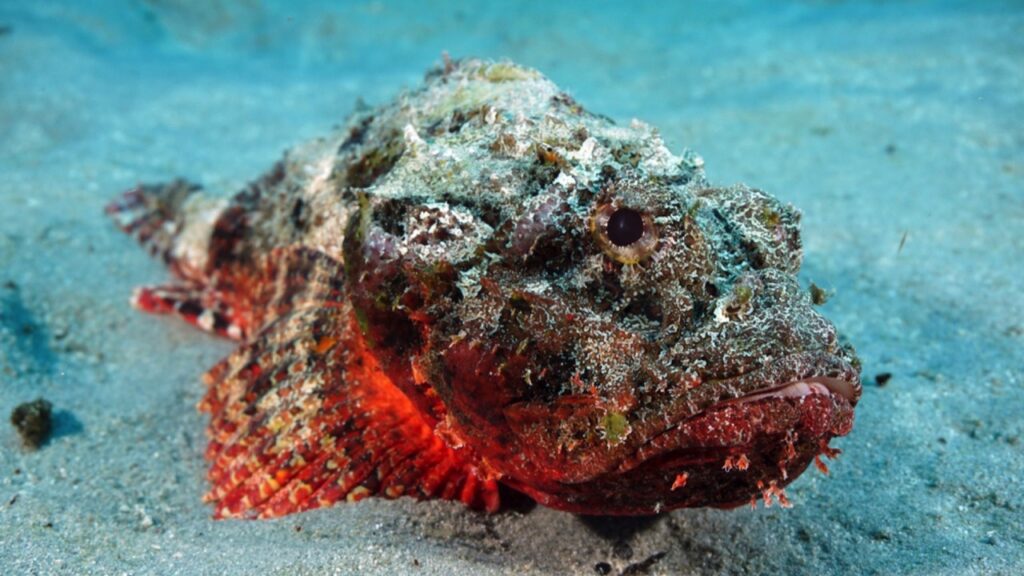
The stonefish is the most venomous fish in the world. It has 13 sharp spines on its back, each containing a powerful neurotoxin. Stepping on a stonefish can cause excruciating pain, paralysis, and death if left untreated. These fish are masters of camouflage, often mistaken for rocks on the ocean floor, making them particularly dangerous to unsuspecting swimmers.
Inland Taipan
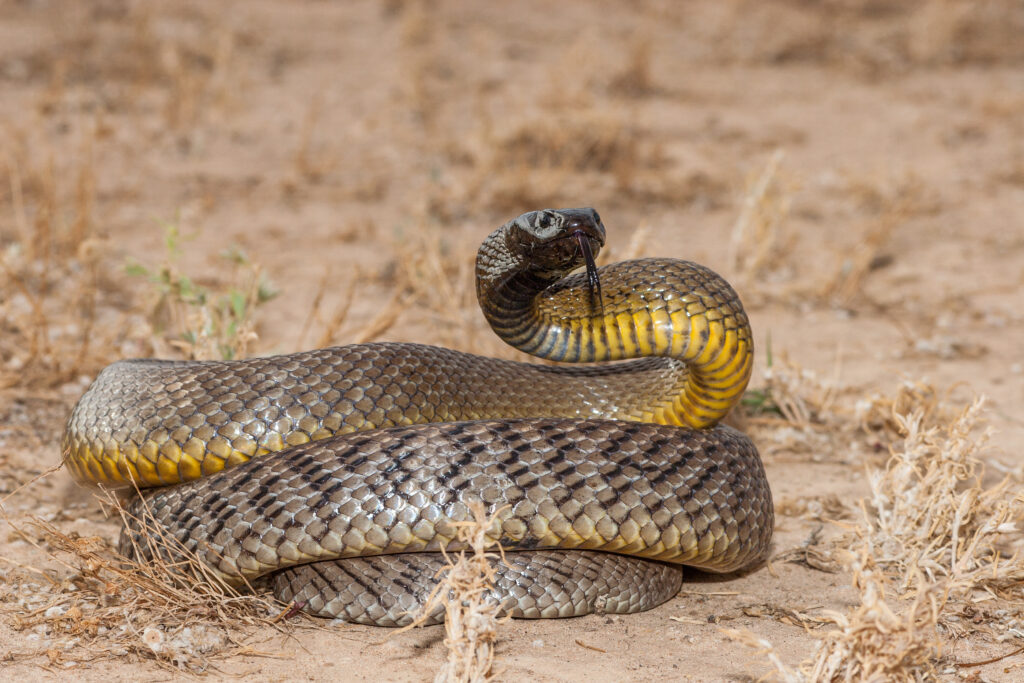
The inland taipan, also known as the fierce snake, is considered the most venomous land snake. A single bite from this Australian serpent contains enough venom to kill 100 adult humans. Its venom is a potent neurotoxin that can cause death within 45 minutes if left untreated. Despite its deadly potential, the inland taipan is shy and rarely encounters humans.
Cone Snail
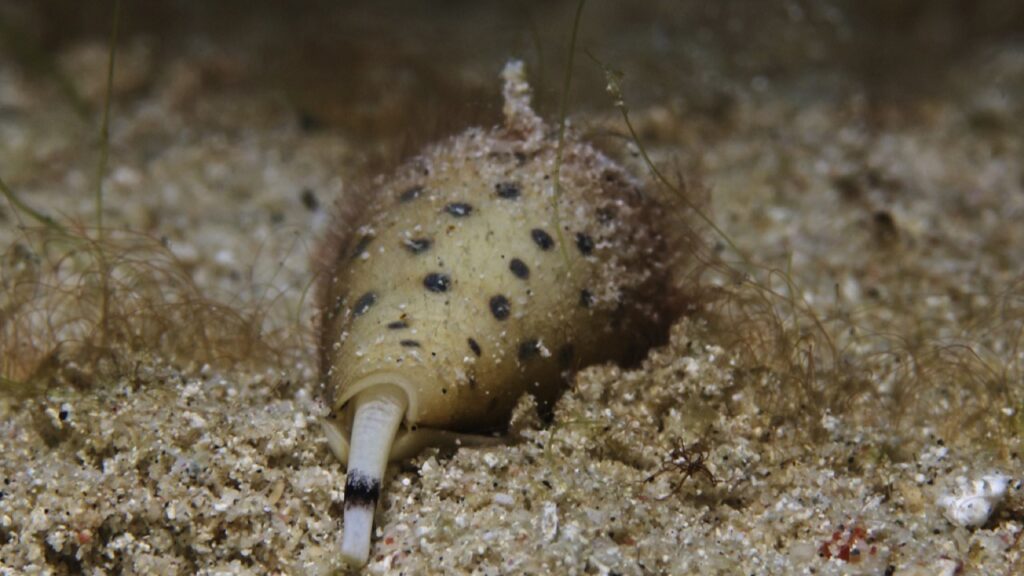
Cone snails may look harmless, but they pack a deadly punch. These sea snails use a harpoon-like tooth to inject venom into their prey. The geographic cone snail’s venom is potent enough to kill an adult human with a single sting. There’s no antidote for cone snail venom, which can cause paralysis and respiratory failure within hours.
Poison Dart Frog
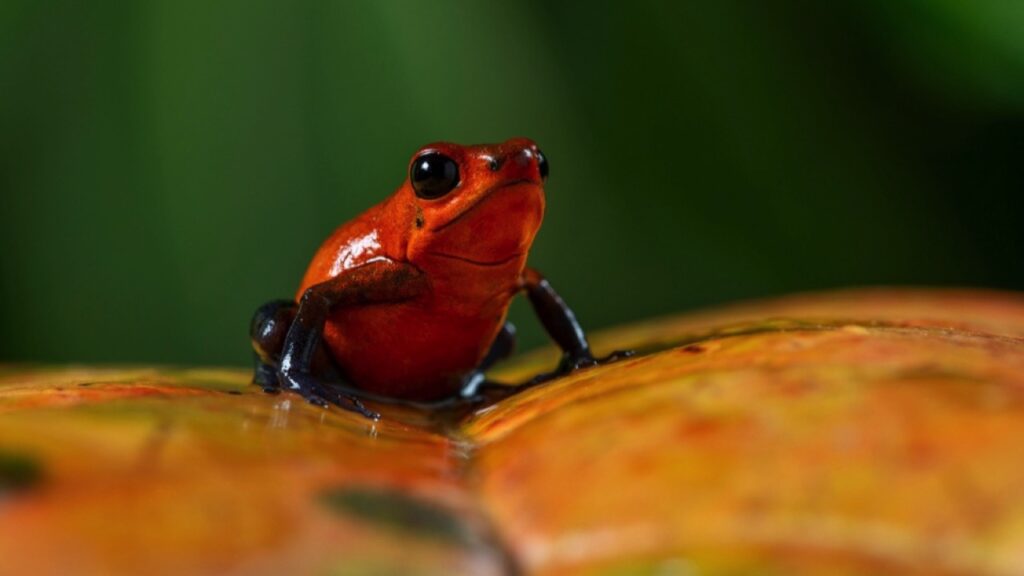
There are over 100 species of poison dart frogs, with varying levels of toxicity. The most dangerous is the golden poison dart frog, mentioned earlier. These brightly colored amphibians get their name from indigenous people using their toxins on blow darts for hunting. In captivity, these frogs lose their toxicity because they don’t have access to the specific insects that are the source of their poison in the wild.
Pufferfish
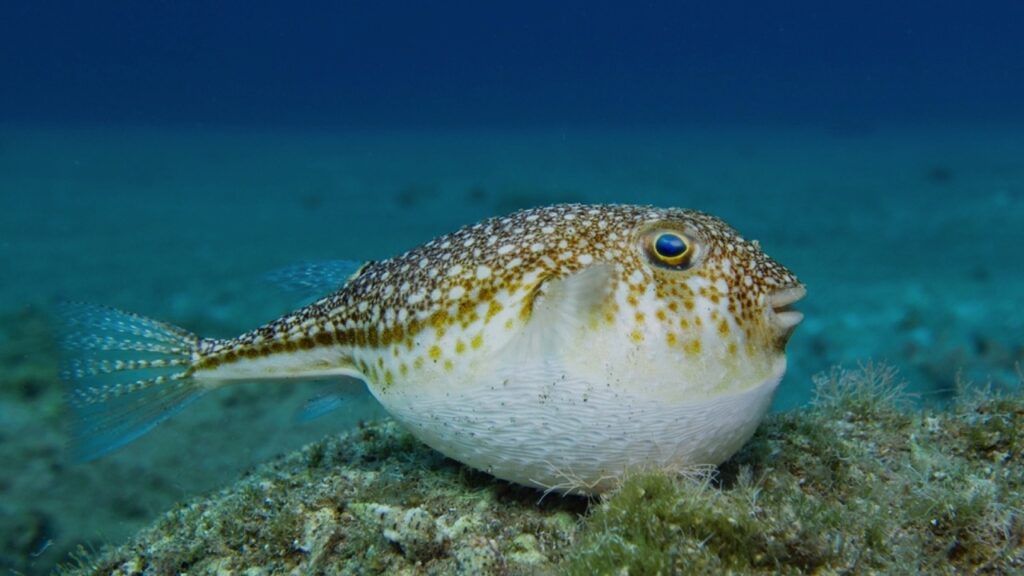
Pufferfish, also known as fugu in Japan, contain a lethal neurotoxin called tetrodotoxin in their organs. This toxin is 1,200 times more potent than cyanide. A single pufferfish contains enough toxin to kill 30 adult humans. Despite its deadly nature, pufferfish is considered a delicacy in Japan, where specially trained chefs prepare it.
Blue Coral Snake
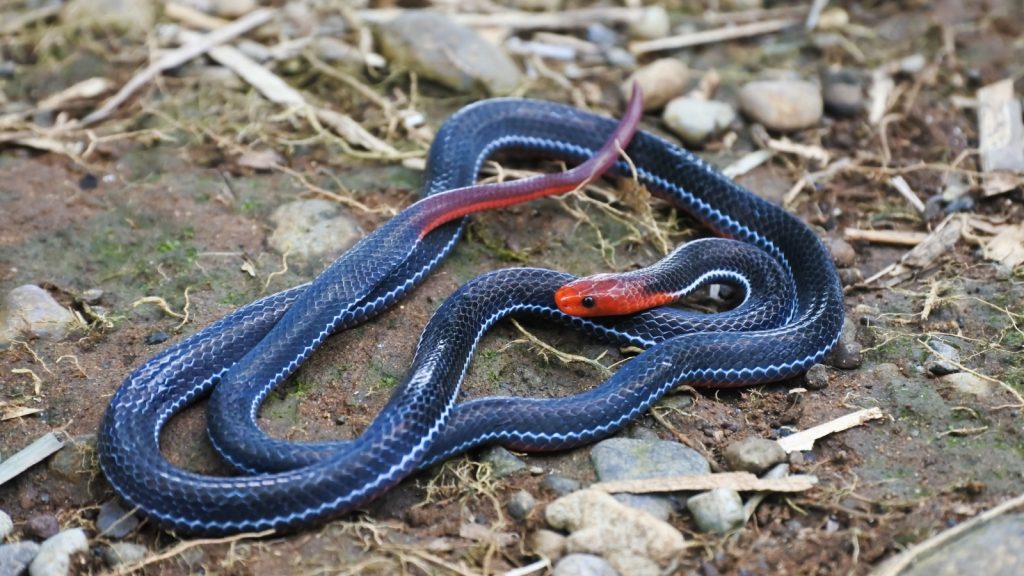
The blue coral snake, found in Southeast Asia, has a venom so potent that a single bite can kill a human in less than an hour. Its venom is a powerful neurotoxin that causes paralysis and respiratory failure. These snakes are typically shy and rarely encountered by humans, but their beautiful blue coloration can attract unwary handlers.
Marbled Cone Snail
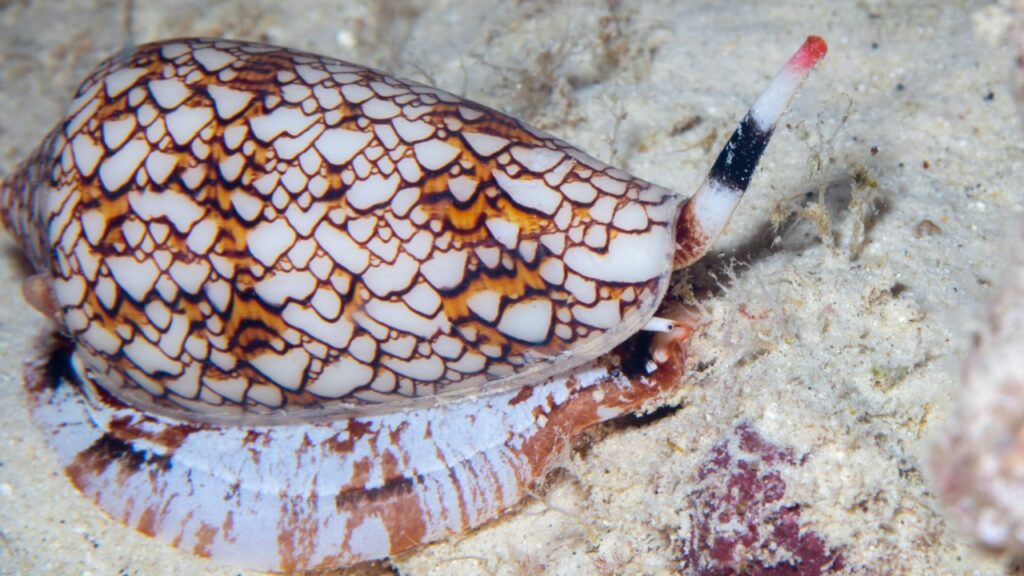
The marbled cone snail is another species of cone snail with a potentially lethal sting. Its venom, delivered through a harpoon-like tooth, can cause paralysis within moments. There have been rare cases of human deaths from marbled cone snail stings. Interestingly, scientists are studying cone snail venom for potential medical applications, including pain relief.
Irukandji Jellyfish
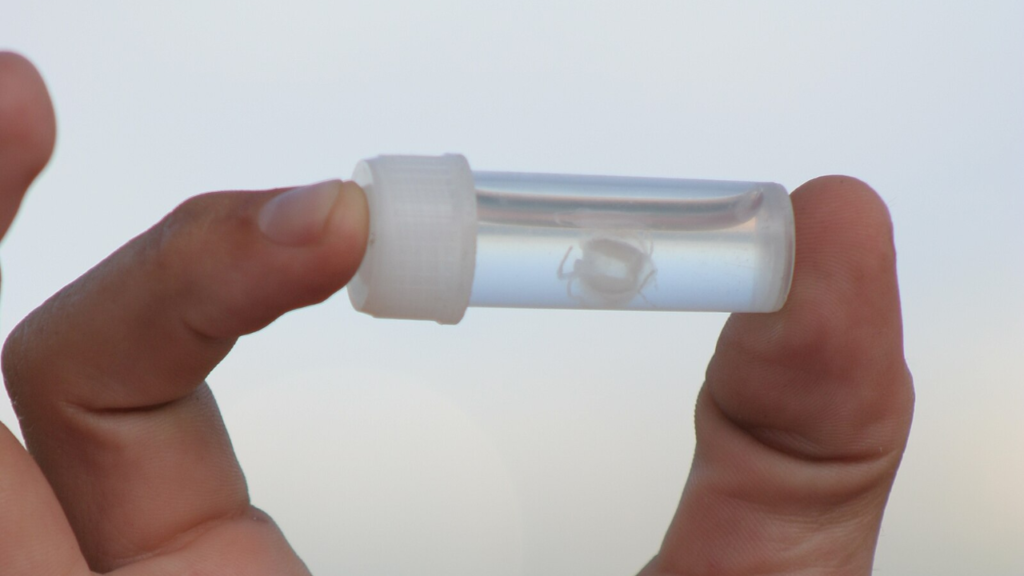
The Irukandji jellyfish is one of the smallest and most venomous box jellyfish. Despite being only about the size of a fingernail, its sting can cause Irukandji syndrome, a condition that can lead to fatal brain hemorrhages. The pain from its sting is said to be so severe that victims have begged doctors to kill them to end their suffering. These tiny terrors are found in the coastal waters of northern Australia.



